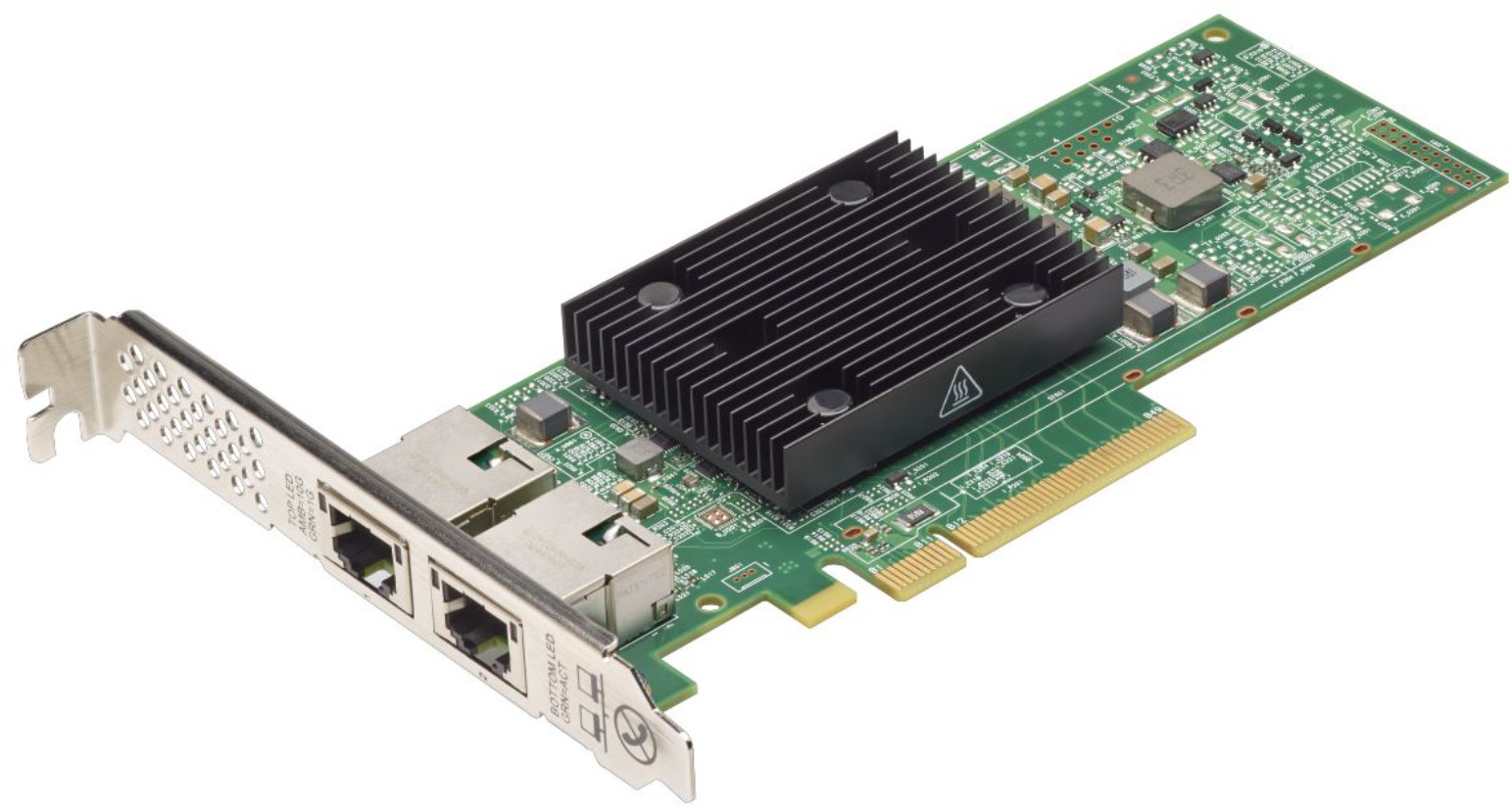Lag ruins good games, and nothing stings like a perfect headshot that never registers. A solid Ethernet adapter cuts through the mess and gives your PC or console a clean, steady lane to the server.
Think of it like swapping a bumpy side road for a smooth highway. Frames feel tighter, voice chat stays clear, and your inputs land when you expect them to.
In this friendly guide, we will walk through how a wired adapter helps you play better and feel calmer. Plus, we will talk about latency, bandwidth, stability, and a few easy tweaks that take minutes, not hours.
With a small bit of care, your games feel fair, your stream looks clean, and the “why did that rubber-band?” moments fade away.
1) Lowering Latency and Steadying Ping
Ethernet removes the random delays that come from wireless hops, retries, and interference. A good wired link trims milliseconds off every packet and, more importantly, keeps timing consistent from moment to moment.
That steadiness makes aiming and parrying feel natural because your brain is not guessing around spikes. Using Ethernet adapters with a solid wired connection can further ensure stability, especially if your device lacks a native port.
Many adapters also support features that favor quick turnaround over raw bulk transfers, which is exactly what fast shooters and fighters need. Set the link to full duplex, confirm gigabit speed, and avoid power-saving modes that nap your network at the worst time.
2) Ensuring Consistent Bandwidth for Downloads and Streams
Big patches and cross-play voice can crush a busy wireless network. An Ethernet adapter gives your machine a dedicated pipe, so downloads do not pause when the microwave runs or a roommate walks between the router and the console.
Uploads matter too: if you stream, a wired uplink stops bitrate swings that smear video and crackle audio. Many adapters support offloads that free CPU time during heavy transfers, which helps your frame pacing while you multitask. The result is simple: faster installs, smoother patches, and streams that look like you planned.
3) Cleaning Input Timing and Reducing Micro-Stutters
When the network is predictable, your whole system feels calmer. Modern adapters and drivers offload chores like checksums and segmentation, which reduces tiny CPU spikes that can nudge frame timing at the worst moments.
This will not raise your max FPS, but it helps frames arrive like clockwork while your game chats with servers, parties, and cross-platform services. Fewer hiccups mean steadier crosshair control, smoother camera pans, and a general “this just feels right” sense you notice after a single match.
4) Shaping Traffic and Prioritizing Packets
Routers and switches can tag traffic from a specific device and keep it ahead of background chatter.
Ethernet makes that work well because it avoids Wi-Fi airtime battles. Put your rig on a high-priority LAN port or create a rule that favors your device’s UDP traffic. Many “gaming mode” dashboards are friendly skins on the same idea.
The payoff is calm: teammates hear you, streams stay smooth, and your shots leave first even when someone starts a big download in the next room. It is not a cheat; it is just polite scheduling for the packets that matter.
5) Preventing Disconnects and Avoiding Interference
Things that hate Wi-Fi are found everywhere in the home: thick walls, microwaves, baby monitors, and neighbors on the crowded channels.
Ethernet shrugs at that noise. A twisted-pair cable keeps the signal clean from desk to router, which makes mid-match drops far less likely and protects long sessions from sudden “connection lost” screens.
If you must run a long path, use one continuous cable rather than a chain of couplers, and avoid kinked or damaged lines that can flap your link. Ensure the plug clicks firmly into both the NIC and the router. A flaky physical connection can feel like server lag, and it is such an easy fix once you spot it.
6) Using Handy Software Features You Can Trust
Many Ethernet adapters ship with lightweight utilities that help you see and fix problems without guesswork. You can confirm gigabit (or 2.5G) link rate, catch duplex mismatches, and watch for CRC errors that hint at a bad cable.
Other tools allow you to adjust the rate of interrupts or to have a latency-first profile that is competitive to play. What is most entertaining is that you do not have to be a network expert. One glance is sufficient to know whether the line is in good condition or not, and you get back to the match with confidence rather than chasing shadows.
- Tray tools show live link speed, error counts, and basic diagnostics
- One-click toggles for “low latency” or “power save off” profiles
- Simple loopback and cable tests to spot odd behavior fast
Conclusion
Going wired is not about chasing a flashy speed-test number; it is about making every moment in a match feel fair and responsive. An Ethernet adapter lowers latency, smooths jitter, and gives your game, chat, and stream the steady lane they deserve.
Setup is easy: plug in, pick a good port, keep drivers current, and consider a simple QoS rule. Use a decent cable, avoid loose connectors, and peek at the utility once in a while to confirm things look clean.
None of this changes your aim or map sense; it simply lets your skill show without network drama stealing the spotlight. If you try one thing, try the cable first; you will feel the difference in the very next round.

